The seasonal transition to spring rains brings a risk of flooding, but smart homeowners and buyers know how to navigate potentially troubled waters ahead.
Pop Quiz! True or False?
- Question 1: Homeowners insurance covers flood damage.
- Question 2: Flood insurance will cover the repair or replacement cost of a home, regardless of the property value.
- Question 3: If my home is damaged by a flood, I will get Federal assistance.
- Bonus Question: Sellers have to disclose if a property is in a flood zone.
The answer to all three of those questions is FALSE, and the answer to the Bonus Question is … “Probably not.“
According to the National Association of Insurance Companies (NAIC), flooding is the most frequent and expensive natural disaster in the United States. Climate change is exacerbating the risk of flooding as more frequent and violent storms and hurricanes are impacting areas that rarely see flooding, like the September inland disaster caused by Hurricane Helene moving across the southern Appalachian Mountains – devastating parts of Georgia, Tennessee, Virginia, and the Carolinas.
As we spring into flood awareness season, it’s important to understand the logistics of determining whether you need flood insurance, how to acquire it, and what it covers in the event of a claim. Flood insurance can be very expensive – one inch of water can cause $25,000 worth of damage, according to data collected from the Federal Emergency Management Agency (FEMA) – so it makes financial sense to investigate whether a property is at risk for flooding. However, where to get that information varies based on where the property is located.
How To Uncover Risk
Sellers in DC must disclose if their property is in a flood hazard area or special flood hazard area (SFHA) on a Seller’s Disclosure Form that is provided to buyers, while Maryland sellers are only required to disclose whether water stands on the property for more than 24 hours after heavy rain and whether or not the property is located in a flood zone. Virginia sellers don’t need to make any representations about whether a property is in a flood hazard area unless the property has been deemed a “repetitive risk loss,” meaning the property has had two or more claims of $1,000 or more paid by the NFIP within any rolling 10-year period. West Virginia has no seller requirements for disclosing flood risk at all, one of 21 states without any obligation to inform a buyer of this potential hazard.
Therefore, it is up to buyers to conduct a due-diligence review of the property, and they can start by reviewing FEMA’s flood maps or state-specific resources like these for Virginia, DC, Maryland, and WV. Buyers should also look for guidance from their lending institutions, who will most likely require flood insurance as part of a mortgage.
How to Get Insured
Homeowners insurance policies do not cover flood damage so owners will have to secure a special flood policy. Some of these policies may be privately insured, but most flood insurance comes from the National Flood Insurance Program (NFIP), a public-private partnership between the federal government, the property and casualty insurance industry, states, local officials, lending institutions, and property owners. It was created by Congress in 1968 to provide insurance to help reduce the socioeconomic impact of floods to property owners, renters, and businesses.
Start with your preferred insurance company for guidance on securing coverage as they may already be connected with the NFIP. According to FEMA’s last update in 2019, the average flood policy cost to consumers was about $700, but, depending on the value of the property, an owner may need to get an additional private policy outside of their insurance company as the NFIP only covers up to $250,000 in repair costs and up to $100,000 for contents coverage. Private insurance may not be available in all states, and more restrictions are happening each year as climate change disasters push premiums ever higher and force insurers to leave some coverage areas completely. Federal programs in the event of natural disasters rarely come close to covering actual repair or recovery costs, generally providing just $3,000-$6,000 for individual grants.
Keep in mind your flood insurance coverage might not automatically renew so be sure to check your renewal date to ensure the premium is covered. Flood policies take 30 days after registration to become active so the time to get a policy in place is NOW.
The National Association of Realtors® (NAR) estimates that the NFIP is essential to 1,360 home sale closings daily, translating to approximately 41,300 affected monthly transactions nationwide. If you’re in the market to buy a home, connect with one of our expert Corcoran McEnearney Agents who will advise you on the best way to protect your purchase, no matter what storms may lie ahead.
Visit corcoranmce.com to search listings for sale in Washington, D.C., Maryland, Virginia, and West Virginia.
Don’t miss a post! Get the latest local guides and neighborhood news straight to your inbox!

 Facebook
Facebook
 X
X
 Pinterest
Pinterest
 Copy Link
Copy Link






